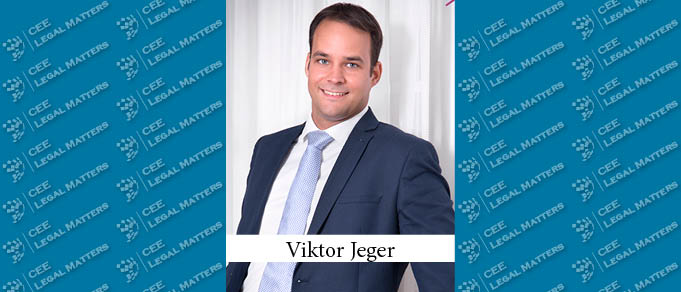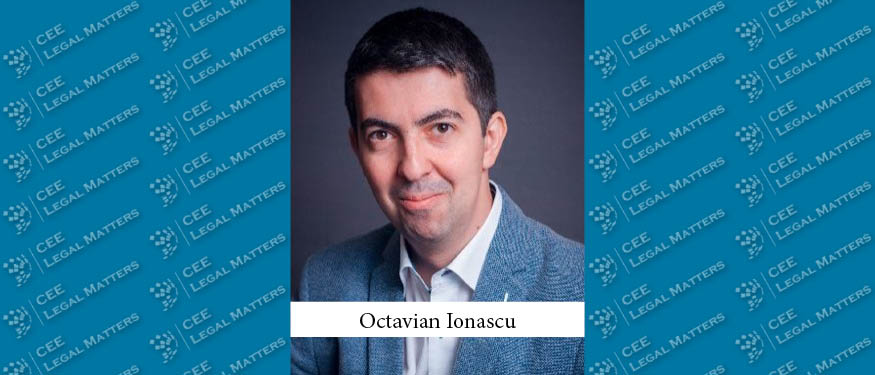The escalation of the war in Ukraine in February 2022 shocked Hungary’s energy sector to such an extent that the Hungarian government declared a state of energy emergency by its resolution dated July 15, 2022. After the first anniversary of the escalation, the smoke has cleared enough to draw conclusions regarding the future based on the reactions of the stakeholders.
By now, energy security has become just as important as price on the market: businesses have accepted that the age of cheap energy may have come to an end, and they conclude energy supply contracts on elevated prices as long as those prices and supplies are guaranteed. In addition, they are prompted to invest in electrification: decreasing the oil and gas needs of manufacturing, transportation, and HVAC is not just for sustainability anymore, but also for ensuring the profitability of operations.
Businesses invest in their own energy generation as well. By installing solar panels or even solar farms, they can reduce their dependence on external circumstances. These solar projects may gain even more traction soon: while new connections to the electrical grid may be approved only in exceptional cases, due to the saturation of the grid, solar farms not feeding into the grid are still permitted.
Hungary has experienced a solar rush in the past few years: currently, more than 4 gigawatts of domestic and industrial solar capacity is connected to the grid, accounting for 13% of the electricity generation, while the connection of 5 gigawatts in additional industrial capacity and 100,000 new domestic solar plants has already been approved. To clear out the industrial projects not having the necessary financing in place, the government issued a decree, in December 2022, requiring new securities from developers. As it turned out, the market is committed: only 1 megawatt of capacity was given up. It is a common standpoint on the market, though, that not all sections of the grid are saturated, and there is hope for capacities opening up for allocation once more of the ongoing projects come online.
Grid constraints can also be alleviated by the ambitious network development plan of the state-owned transmission system operator, MAVIR, for modernization, capacity extension, and reconstruction – valued at HUF 400 billion. The development is scheduled to take place in the next four years. And grid development may not only serve solar farms. Although wind turbines are effectively banned on the territory of Hungary, this regulation is under revision with the aim of lifting the ban.
However, the time when Hungary may rely solely on renewables can come in the distant future only considering Hungary’s environmental conditions, i.e., the periods when there is barely any wind or sun (if at all). Until then, a large portion of the natural gas saved by electrification is meant to be burned in plants balancing the fluctuations of renewable energy generation. Hungary’s largest energy group, state-owned MVM, announced its plans to commission two combined-cycle gas turbine power plants, and expand its power plant in Tiszaujvaros with two gas-fired blocks (1 gigawatt total output) and its Matra power plant with a 650-megawatt gas-fired block. These power plants are intended to be suitable for hydrogen as well.
Nuclear power must be also mentioned here since the plant at Paks accounts for 45% of Hungary’s electricity generation. The license of the four units of the power plant will expire between 2032 and 2037. Although two new units have been commissioned, with an improved energy output over the current units, the Paks II project lags behind and its fate is somewhat uncertain, given that the general contractor of the project is Rosatom. Although Rosatom is not a sanctioned Russian entity as of now, this may change and even its participation leads to unforeseeable complications: e.g., to date, subcontractor Siemens Energy has not received the approval of the German government for the export of the control system. Considering the uncertainties of the Paks II project, extending the lifecycle of the old units is a government priority.
While the escalation of the war in Ukraine is, indeed, a significant challenge to the Hungarian energy sector, the stakeholders have started to adapt to it and we may witness the birth of a more resilient and diverse energy market.
By Viktor Jeger, Partner, Nagy & Trocsanyi
This article was originally published in Issue 10.3 of the CEE Legal Matters Magazine. If you would like to receive a hard copy of the magazine, you can subscribe here.






















